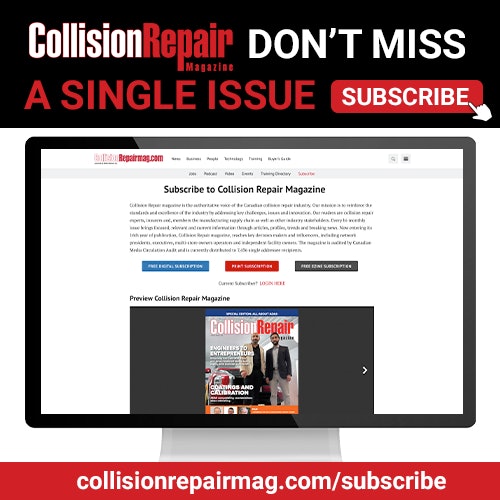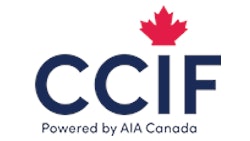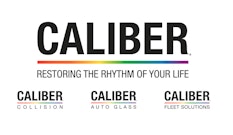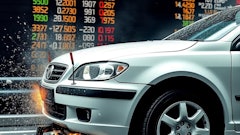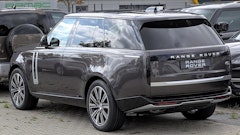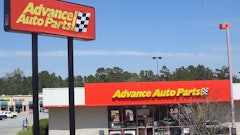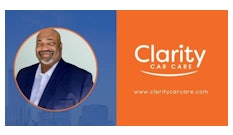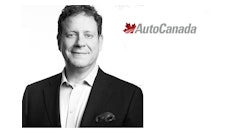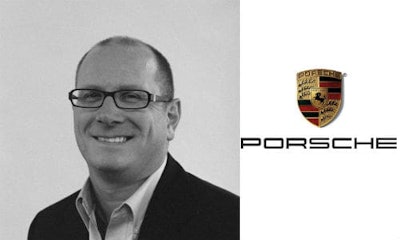
Toronto, Ontario — January 22, 2016 — The CCIF Cars & Technology Showcase comes to the Toronto area on January 29. Collision Repair magazine recently interviewed one of the speakers, Mike Kukavica, the collision repair instructor for Porsche North America. He also manages the Porsche certification program. He’ll be travelling up from Atlanta to talk about the new era of collision repair on high-end vehicles.
Today, Porsche, like many automakers, is making greater use of aluminum in its vehicles. In the past the company had shied away from aluminum, waiting for the technology to prove itself. The company worked on engines and power train, rather than adopting aluminum into the body.
Now that the technology has been proven, Porsche is beginning to make use of it. The company added aluminum to the front end of the Panamera. “The V-8 engine on that car was way out in front, and so designers were trying to take the weight off the front end,” says Kukavica. But it is the new 911 where Porsche is beginning to work aluminum into the entire vehicle. “Other cars have had chunks of aluminum. But this car is a step ahead,” says Kukavica.
There is a lot of knowledge in the industry when it comes to working with aluminum. Many collision centres are now familiar with the necessary procedures. But there are still practices that need to be improved on as this new era of more complex cars dawns.
“One of the big points in the presentation I’ll bring to Toronto is that the repairs for these cars are different in ways that haven’t been seen before. We still use basic techniques like riveting and bonding. But how these procedures are handled, the preparation, the way they’re used, is a bit different from other cars,” says Kukavica.
The way the entire collision repair industry operates is evolving. “For a long time the industry was one in which the tech on the floor would say, ‘I’m the expert. Give me the part. I’ll figure out how to get it on the car.’ That was the way the industry operated for many, many years, and that was fine. But with these high end cars, there are specifics repair instructions. And these have to be followed,” says Kukavica.
Manufacturer-provided repair procedures have to be followed. This might leave some techs dismayed, but there are reasons manufacturers have produced systematized repair procedures.
“The manual might not state the reason for why these steps need to be taken, but there are reasons for every single one. Collision repair experts and insurers do not have the ability to test whether the repair is going to work in the field. Generally, someone can make the case that they can get the part on the car, but we don’t know if it’s going to last. You can put a piece on like you think it should, but you won’t have any idea whether that’s going to work. The only evidence I have is if the car doesn’t come back. Or, if that same car comes back in another accident and you can look at the repair,” says Kukavica. “My message is we need to make use of manufacturer provided manuals and solutions.”
The second point Kukavica will make is that, to this point, too few have been using blueprinting for workflow.
“What we’ve been doing is treating a sort-of blunt force trauma,” says Kukavica. “The car ends up on the bench. We began working on it. But what happens when you get it up on the bench and you find more damage? For most cars I can get the authorization to repair, prior to doing the inspection. But with some of these new cars there are pretty expensive parts. What happens if you miss something? Say you order a $2,000 part and then find some more damage?”
Kukavica says the time to find out what the total extent of the damage is before you get the car on the bench.
“The car has to have a thorough inspection before you begin to work, including measuring. This new 911 cannot be pulled, for a myriad of reasons. It has to be measured beforehand. This is where electronic measuring is wonderful. If you have an e-measuring system you can get a good read. and that’s extremely important before going ahead with the repair,” says Kukavica. “What I tell my guys is that this is a metal car, but it doesn’t work like one. It has a lot more in common with a carbon fibre car. No one would think of putting a carbon fibre car on a rack and pulling it. You’re going to identify damage, cut it out, and replace. And that’s how we have to think of these cars.”
There is a new world of repair dawning and it’s a new culture. Techs who are not using the manual, or only partially following manufacturer-provided repair procedures are going to run into problems.
“Not following the procedure can cause all kinds of problems in terms of liability. I don’t know what the law is in Canada, but I do know that in some states techs can be held liable for improper repairs. So we’ve got to rely on the document provided, and then execute that. To do that you need to do a full diagnosis ahead of time. That’s necessary to make the appropriate decision,” says Kukavica. “The idea of repairing a metal car without being able to pull it, I know that makes some techs feel like they’re working with one hand tied behind their backs. But this is the reality. We’ve been saying this forever, that cars are going to get more sophisticated, and repairs are going to be more complex. It’s here. It’s coming true. We’re experiencing this right now.”
For more information on CCIF, please visit ccif.ca.

